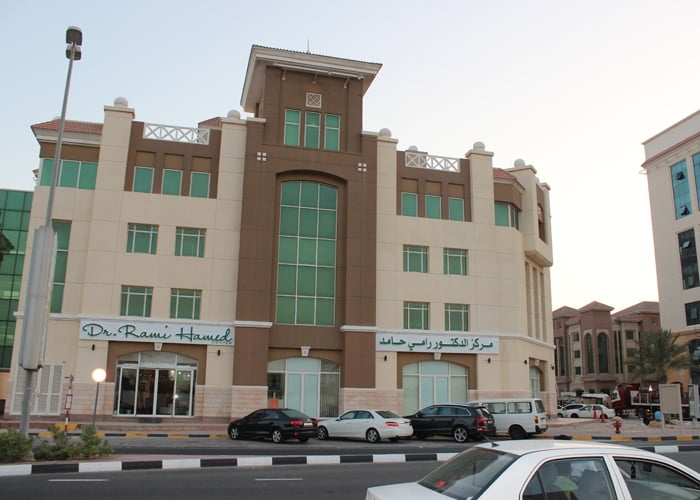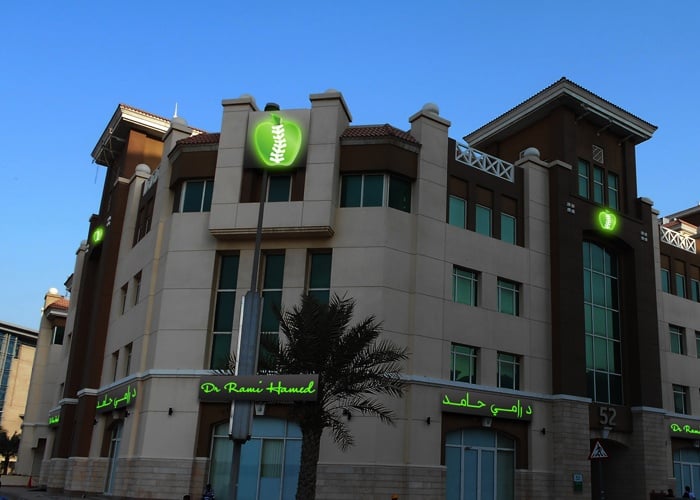Silent Heart Attack
A silent heart attack may occur without a person knowing it and is diagnosed retrospectively by ECG or Echocardiogram.
From its name, silent heart attack, it happens either:
- With no symptoms or
- With minimal symptoms or
- With unrecognized symptoms.
But it is like any other heart attack that ends by heart muscle damage and scarring and its consequences.
The reasons for silent heart attack are:
- High pain thresholds in some people.
- Diabetes and chronic renal disease can affect the nerves that carry pain impulses.
- Atypical symptoms like some degree of dyspnea, fatigue, and transient weakness.
- Wrong understanding of some symptoms of heart attack, like it is muscle spasm or heartburn, cold, or something he/she ate.
- Age and gender. It is more common in elderly people after 75 years. The percentage of occurrence is more in men.
Diagnosis
As I mentioned before, it is diagnosed retrospectively while checking the patient for another cause or screening by ECG, echocardiography, cardiac CT, or Cardiac MRI. Unfortunately, the diagnosis is only made after the damage has occurred.
When we face a silent heart attack we should consider two important issues:
- First, you have significant coronary artery disease.
- Your symptoms are not helpful in seeing how severe your coronary artery disease is and how adequately it is being treated. So to be symptom-free does not mean your treatment is perfect or that the coronary artery disease is stable.
Our aim of treatment is to:
- Protect the patient from ischemia by medication or revascularization (stenting or bypass surgery).
- Protect the heart muscle from failure.
- Prevent sudden cardiac death from arrhythmia.
.png?width=281&height=59&name=bookanappointment%20(1).png)
Dubai Cardiology Clinic - Treatment of various cardiovascular diseases, such as Hypertension, Ischemic heart disease, Holter monitoring, Heart failure, Stress test, chest pain, and echocardiography, is now available in DRHC.




.png?width=281&height=59&name=bookanappointment%20(1).png)
.png?width=1080&height=1080&name=DR.%20M.ADIB%20NANAA%20(1).png)



